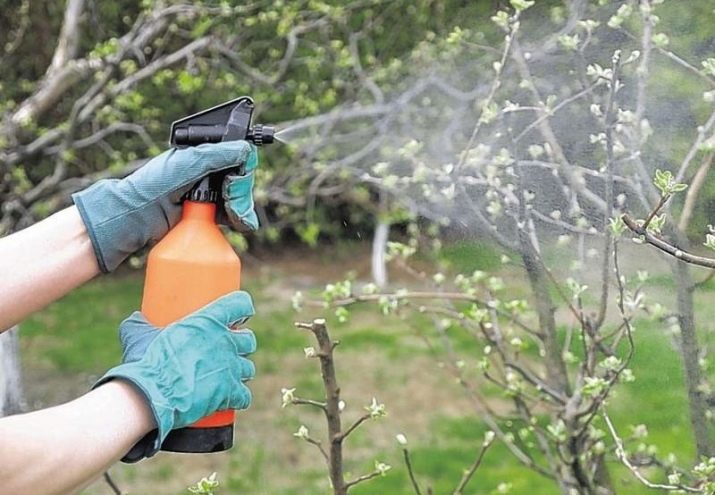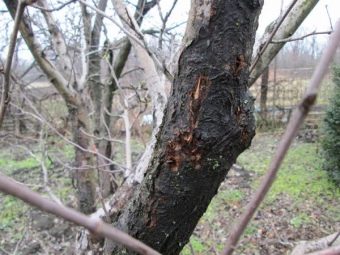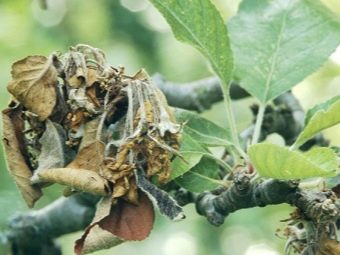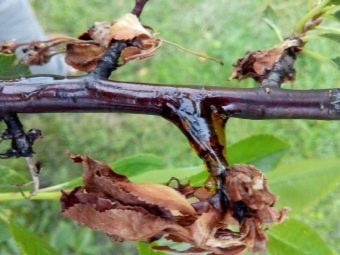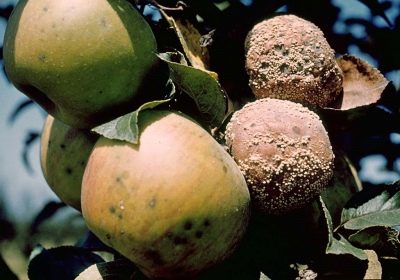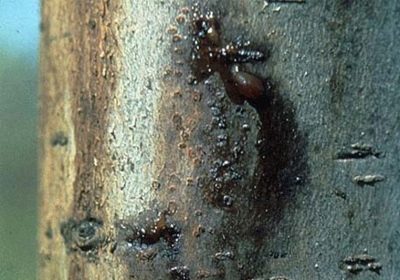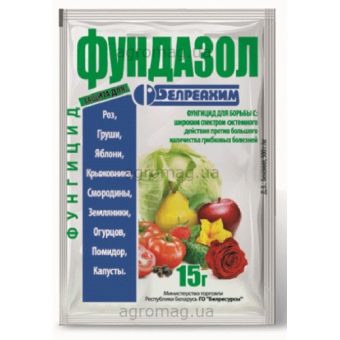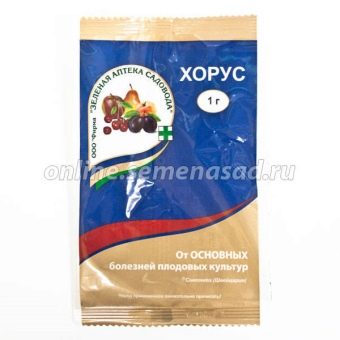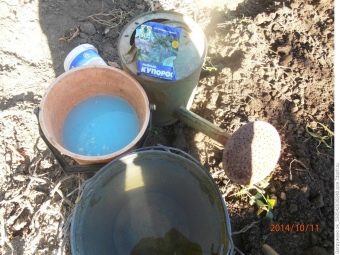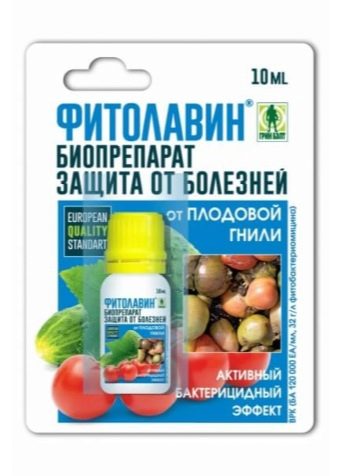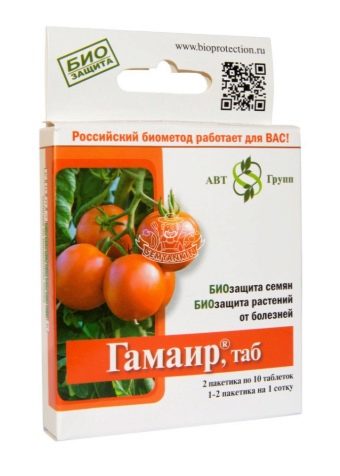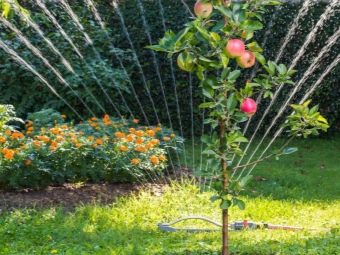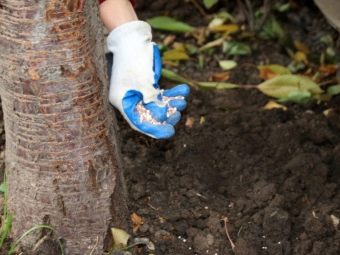Types of apple burns and methods for their treatment

Many gardeners are trying to grow apples. But sometimes they have problems.And one of the frequent difficulties is the appearance of burns.
Causes
If the apple tree is suddenly covered with burns, the reasons may be very diverse, the sun is not always to blame. Often, the true source of the problem is pathological bacteria. They mainly operate in the southern regions of the country. Separate reports of their activity come from the Voronezh region, from the environs of Tambov and from the south of the Far East. If the pathogen is the microorganism Erwinia amylovora, it is most active when the air is heated to 25 degrees.
Another favorable condition for him is relative humidity from 80 to 90%. In order for the diagnosis to be accurate, special research will be required. Bacterial burns of apple trees are often provoked by the Pseudomonas syringae microbe. The term of the highest activity of both microorganisms coincides, and both of them force to carry out phytosanitary quarantine measures. Therefore, at the slightest suspicion, it is necessary to contact specialized organizations; another disease can hit the apple tree after spraying with a violation of the technology of work.
Varieties and symptoms
Monilial burn of apple trees is one of the main dangers for this culture. Such a lesion is manifested in the spring, when flowers perish and flower stalks disappear, when branches suffer and dry. In the fall, the disease passes into the stage of fruit rot. It reduces the yield and reduces the quality of the remaining fruits.
Monilial burn that engulfed large branches and trunk, looks like this:
- crust cracked and swollen;
- she seemed to walk away from the wood;
- cracks appeared along the trunk;
- these cracks end with ulcers.
Young (developing the first year) shoots are covered with flaky skin. The bark in different places has a different geometry. But everywhere its surface is smooth, light brown. Manifestations resemble ordinary sunburn. When winter comes, the trees are covered with dried leaves; everywhere still weak ovaries and remaining flowers are visible.
Fruiting branches with moniliose are subjected to the aggression of algae. Their colonies are clearly visible. On the shoots of the first year of development, villi can be found which contain an expanding mycelium. The surface of the bark can be covered with white or cream-colored pustules, including fungal spores.
When an apple tree is affected by moniliosis, its fruit buds are distinguished by dull coloring and excessive pubescence. They are not completely covered with scales. As soon as the flower opens, it becomes clear: the stamens and pistil acquired the same brown color. The plant does not emit nectar, and therefore pollinators fly around him indifferently. The changes also affect the leaves: reddish spots are visible on them, and sometimes the entire surface turns red.
All these signs are important - they allow you to accurately recognize the nature of the disease.
The microorganism provoking a bacterial burn spends the winter only in the affected trees. The ulcers that survived the cold season are the main “culprit” of its spread. Even when the bark is completely intact, microbes can penetrate through the flowers or along stomata. If you start the development of the disease, the tree can be completely affected. Sometimes it leads to his death.
An early symptom is the death of certain groups of flowers. They rapidly darken, sometimes completely black. Disclosure of the kidneys is impossible, but, having changed the color radically and withered, they will remain in place. Then the branches will wither and die, after them the turn of shoots will come. At first, these parts look as if they are oversaturated with moisture.
Soon the exudate (liquid plant tissue) will come out, its drops will be clearly visible on the bark. The young parts of the tree wither, with their tips bent into hooks. Even dying foliage remains in place. This continues the further spread of microbes.To move to new areas, they use the arterial vessels in the central part, as well as the leaf veins and the stem.
If the pathological microbe can get into the newly formed fruits, they will quickly darken and dry out. But, like everything else, they will keep their places. Ripe fruit, burns, have small dead spots of almost black color. The presence of exudate is not strictly required. Probable infection of immature fruit occurs through pores or various deformations.
If apples are infected from mid-July until the end of August, they will initially appear greenish spots of watery structure. Soon they will become an intermediate shade of red and brown. At the same time, exudate that looks like milk flows from the stomata. First of all, the branches and the trunk are affected in the upper parts of the shoot. The further movement of the infection occurs in the parenchyma of the cortex.
Patients with a bacterial burn of the cortex have patches of dark green color. Many of these spots have a watery structure. The border of the affected areas and healthy tissue of the plant looks barely perceptible. There is a detachment of the epidermis with the appearance of a kind of "bubbles". Cracking the bark at a later stage makes the line of lesions more clear around the perimeter.
But this is not a reason to calm down. If ulcers are seen in the form of wedges, then one may fear that they will destroy the whole tree. On warm days, droplets of milky liquid ooze from the diseased areas of the apple tree. Gradually, tree tissues become drier, a specific microflora develops in them. This is reflected in the fact that the exudate turns brown.
How to treat?
Modern treatments for monilial burns are quite effective. Before the buds bud, any previously damaged tree organs should be cut out. Destroyed and dried flower stalks, and some thin branches. Such a technique can reduce the aggressiveness of the infection and make treatment measures more effective.
At the same time an apple tree is sprayed using preparations containing copper:
- chlorine oxide;
- Bordeaux composition;
- Abigu Peak.
As soon as buds bloom (but even before flowering begins), diseased plants are treated with either “Fundazol” or “Horus”. After them, repeat the treatment with the already mentioned drugs. Bacterial burn, which engulfed only a few branches, should be counteracted with a Bordeaux fluid.
It is used five times during flowering:
- when the flowers are closed;
- after opening 1/5 of the flowers;
- when opening 75% of flowers;
- at loss of petals;
- as soon as flowering is complete.
In the fall, when apple trees go to rest, single branches are pruned. For young shoots, the crop radius is 200–250 mm, for old shoots - 100–150 mm. To prevent the resumption of infection, it is required to uproot wild fruit and berry plants in the garden. In the future, it is recommended to select the most resistant to infection varieties. It is also important to normalize the acidity of the earth, adjust the balance of trace elements.
Important: the treatment of any ailments of apple trees with copper sulfate should be done with great care. Often, it provokes the emergence of new burns. The likelihood of such a development is particularly high if the processing time is violated.
Of the special plant antibiotics, Fitolavin and Hamair are best suited to fight against a bacterial burn. The second is safer, but less effective.
"Gamair" is optimal for preventive spraying. They are carried out from the first spring days to the end of the growing season. If the disease still hit the apple tree, you should proceed to the use of more effective means. "Fitolavin" in the form of a solution is used when the buds are separated, when flowering occurs and the ovaries are folded.
All drugs can not be used during the flight of the bees; It is also worth refusing to use "human" drugs.
How to prevent problems?
For gardeners, it is not difficult to prevent moniliosis. As soon as spring comes, it is necessary to examine the plants. Apple trees are cut off dried branches, and thickened crowns are pruned. If there are bark delamination somewhere, these places should be cleaned. They act in the same way with lichen foci. Important: all cuts and cuts should be covered with paint safe for trees or treated with garden pitch.
The trunk is whitened, as well as large branches. Prevention of moniliosis includes the use of phosphorus and potassium based fertilizers. Be sure to clean up the garbage and residues of vegetation left over from last year. The soil in the near-stem circle and some distance beyond it is required to dig. Young trees 2 or 3 times per season are watered with root development stimulants.
It is important to water the apple trees and provide continuous soil moisture. An additional measure of support is a special treatment that deter pest infestations. It is useful to deal with certain diseases that increase the risk of infection with moniliasis. When using synthetic agents, one should strictly follow the recommendations of manufacturers Do not rely solely on "handicraft" tools - many of them are ineffective.
If infection of new trees with a bacterial burn is not avoided, then the rate of movement of the infection can be reduced. To do this, it is necessary to strictly observe the phytosanitary restrictions in places not yet exposed to infection. This requirement is important for valuable plants.
Strongly unacceptable importation of planting material from the foci of bacterial infection. With a strong defeat, trees are removed from the ground and burned completely, without using wood for any other purpose.
Methods of prevention and treatment of monolial burn on fruit trees, see below.

